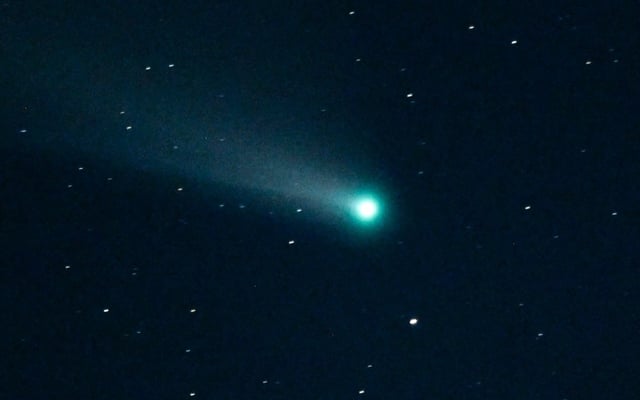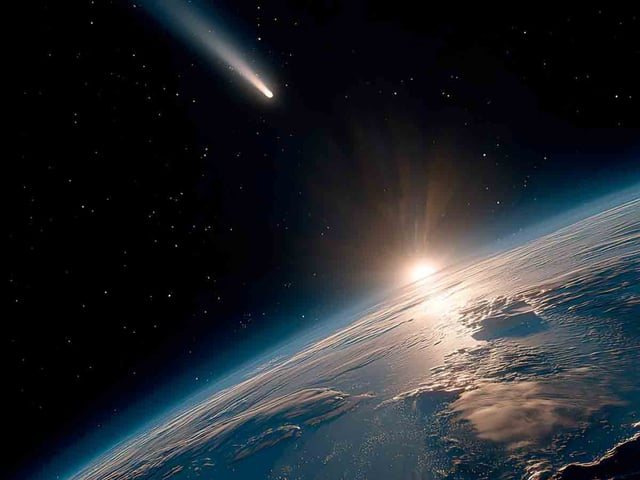Overview
- Observers report about a 40-fold increase in brightness since early September, a prominent green coma, and images of an atypical sunward-pointing tail.
- Models and follow-up imaging indicate a September coronal mass ejection struck the object without visible erosion or fragmentation, and it continues on its predicted course.
- A close approach to Mars on October 3 is set to be observed by Mars Reconnaissance Orbiter, Trace Gas Orbiter, and Mars Express, with perihelion expected in late October.
- NASA’s Tom Statler says the evidence overwhelmingly indicates a natural comet, and radio searches have found no emissions despite a minority hypothesis from Avi Loeb about a technological origin.
- Media reports cite a roughly 5-kilometer nucleus and mass exceeding about 33 billion tonnes, though size estimates vary, and its confirmed hyperbolic path marks it as the third known interstellar visitor.


